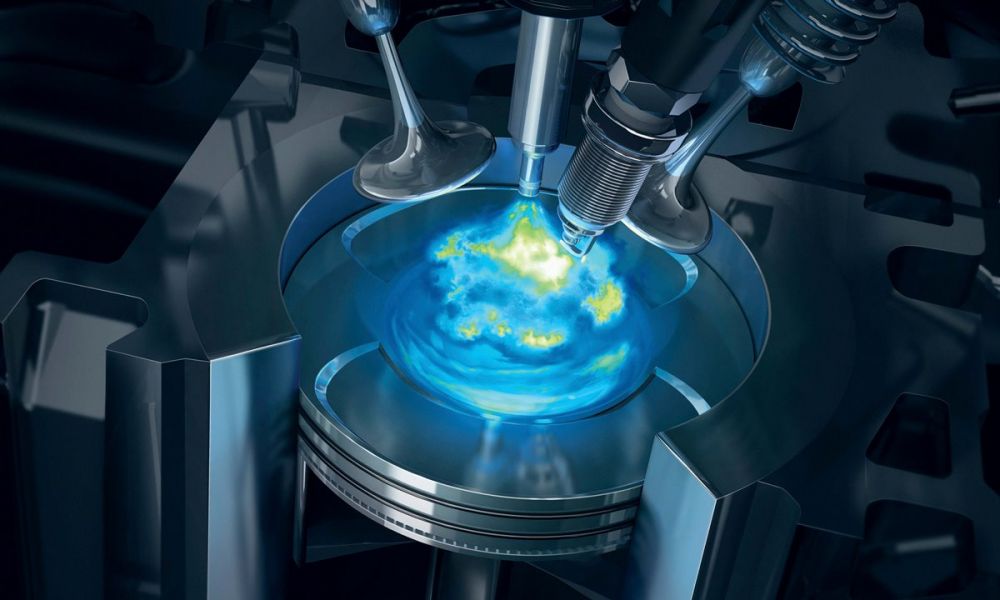How to prevent and eliminate carbon deposition in direct injection gasoline engines?
2023-11-17
Gasoline direct injection technology means higher performance and efficiency. But there is also a dark side.
From the outside, the gasoline direct injection (GDI) engine looks shiny, but hides a dirty side: severe carbon buildup in the intake and valves. It can be compared to the lungs of smokers, and even worse, drivers first realize this problem when the engine check light comes on or their performance significantly decreases.
What causes carbon deposition??
Carbon is the main element found in fossil fuels and petroleum. Burning will produce coal smoke residue. The conditions for forming carbon deposits require the presence of precipitates near the metal surface at suitable temperatures.
The exhaust valve operates much hotter than the intake valve and burns carbon before the carbon layer begins to form. This is not the case on the intake side.
How to prevent and eliminate carbon deposition?
It is necessary to regularly carry out car maintenance and repair, as engine wear can accelerate carbon accumulation (gas leakage and increased oil sealed through the valve stem). During partial load driving, most forms of carbon deposition occur. If the vehicle is mainly used in urban areas, please occasionally drive on open roads. Please use the specified highest quality engine oil, as premium engine oil comes with cleaning additives to prevent accumulation.
If your engine already requires intake and valve cleaning, please hand it over to a professional.
For smaller stacking problems, solvents and brushes can be used, but the main carbon deposits need to be removed from the nozzle and blown away with crushed nut shells to avoid damaging the aluminum alloy.
For the latest GDI engines, a saving benefit is that many manufacturers choose to use both inlet injection and direct injection during partial load and full throttle operation to ensure optimal quality for both systems. This means that each engine has two sets of fuel injectors, but at least returns fuel flowing through the intake valve under partial load conditions.

